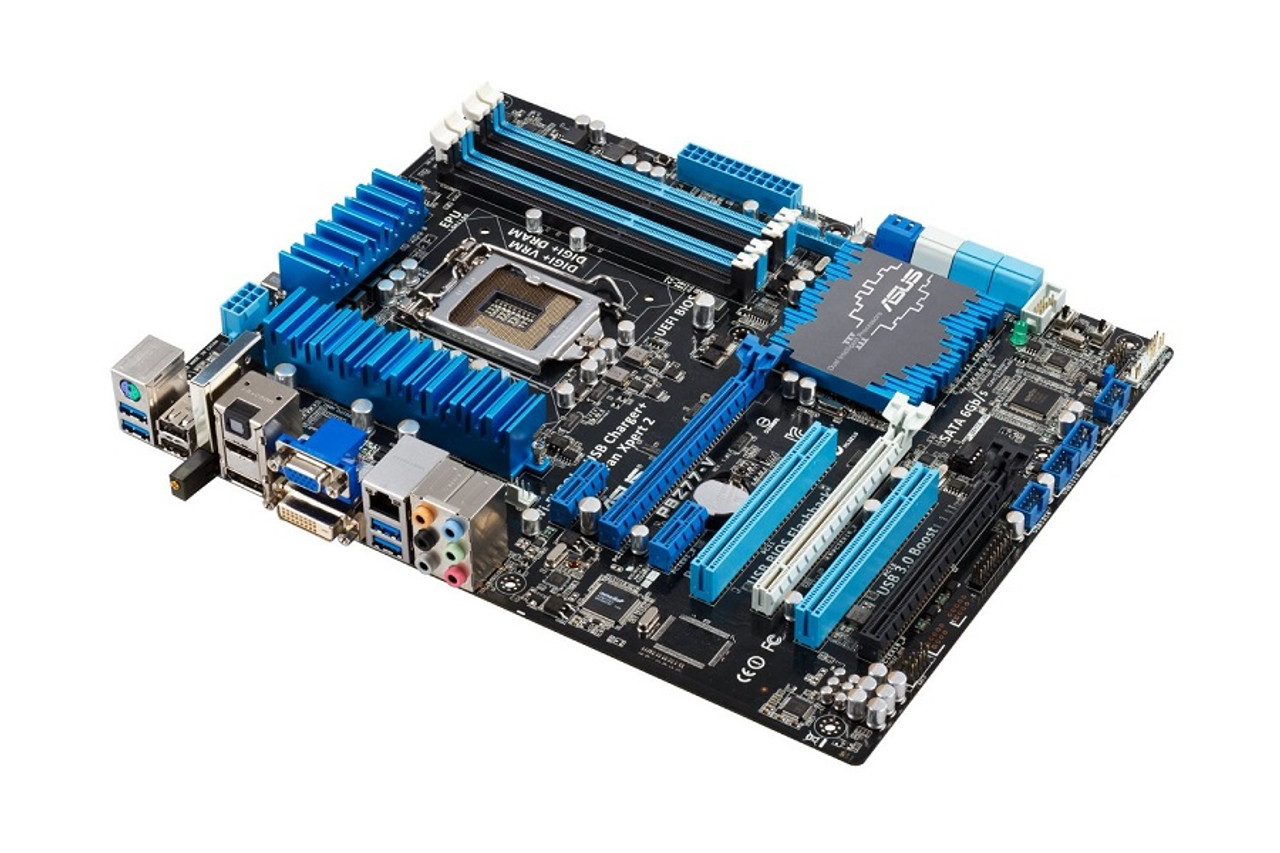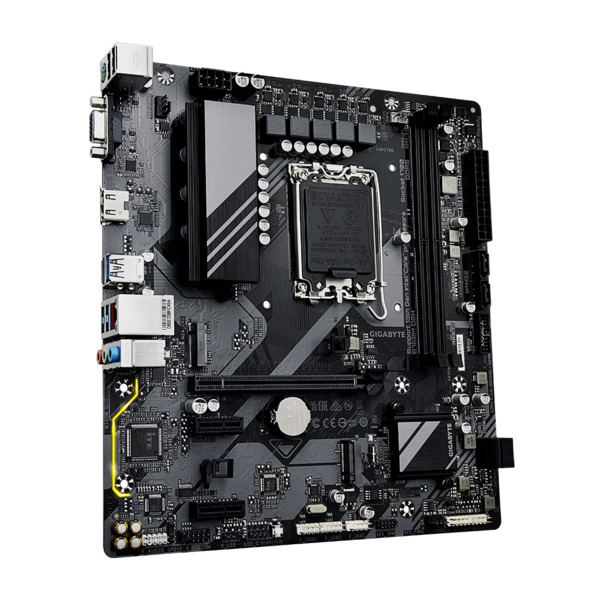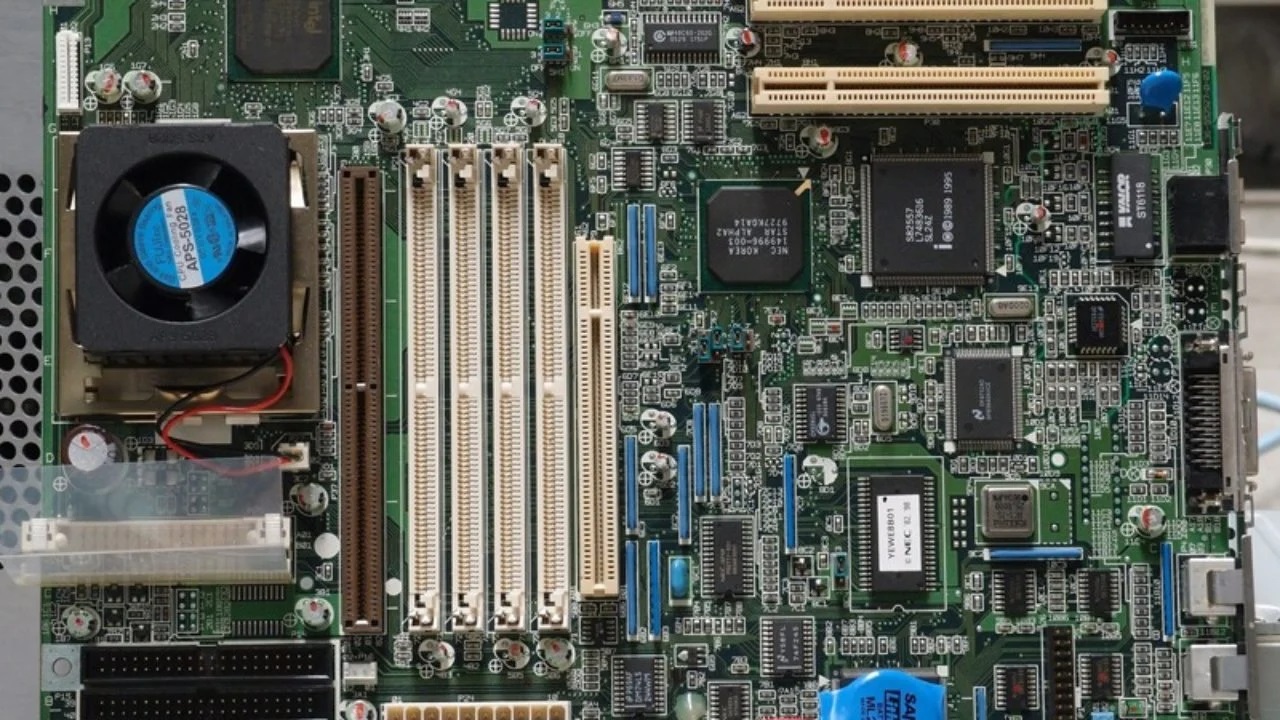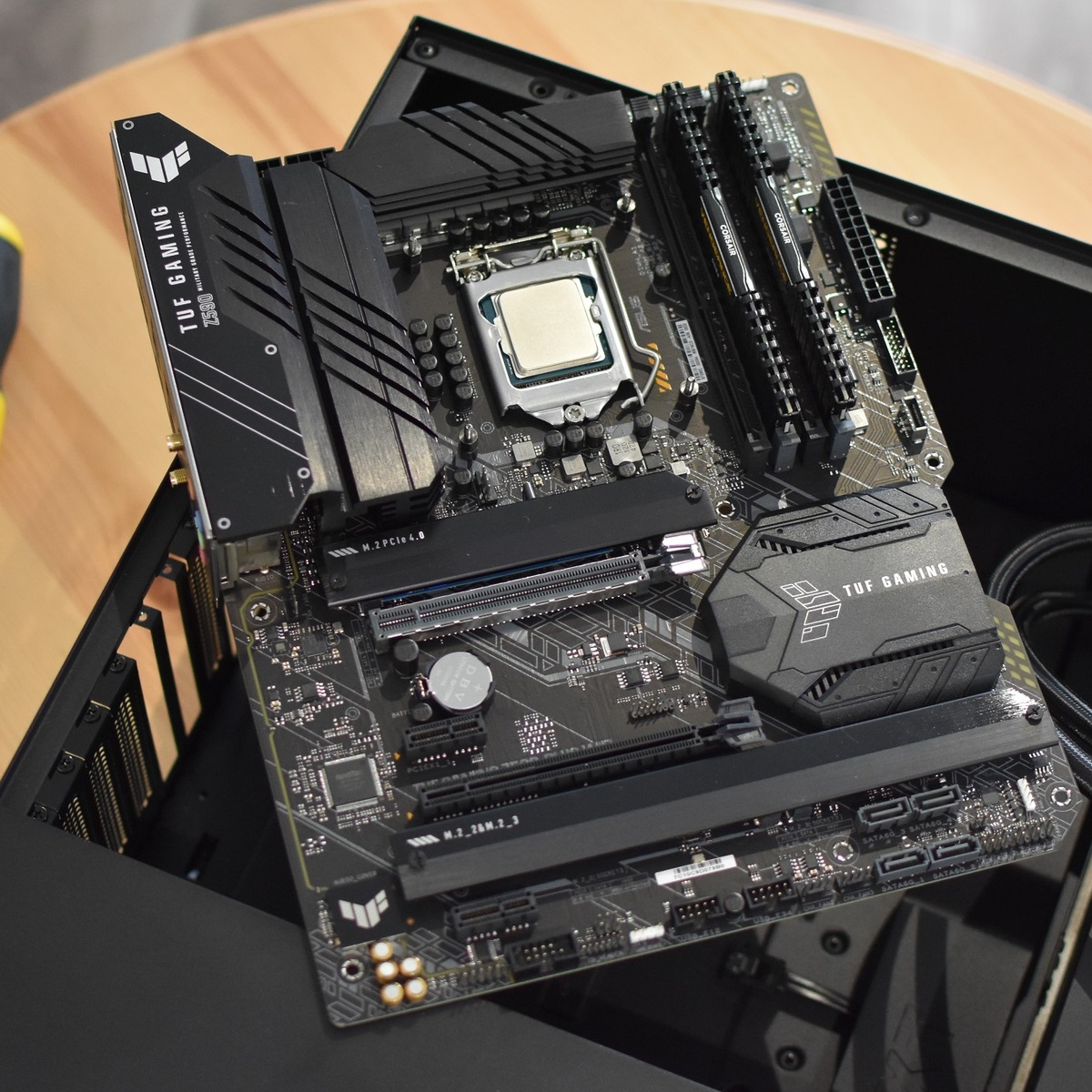Motherboard production is an essential aspect of the electronics industry, but it comes with significant environmental costs from start to finish. Understanding and mitigating these effects are critical to creating a more sustainable manufacturing process that aligns with global efforts to protect our planet. Here, we will investigate the material and energy inputs, waste and disposal challenges, chemical usage, and the promising advances toward reducing the environmental footprint of motherboard production.
The Demand for Materials and Energy
Intensive Material Requirements of Motherboards
Motherboards require a range of materials, some of which are scarce and environmentally taxing to extract. The high demand for metals such as gold and palladium for electrical connections and rare earth elements for components like capacitors and inductors puts a strain on natural resources. Mining operations for these materials can lead to severe land degradation and loss of biodiversity in sensitive ecosystems. Sustainable sourcing and alternative materials are increasingly crucial in reducing the ecological impact of these necessary components.
Energy Intensity of the Manufacturing Process
The production of motherboards is not just material-intensive – it also consumes vast amounts of energy. Fabricating a single motherboard involves energy-heavy processes such as etching, layering, and mounting components on the PCB. Much of the electricity comes from fossil fuels, contributing to the industry’s carbon emissions. Energy-efficient production techniques, coupled with renewable energy sources, are essential to minimizing the motherboard industry’s carbon footprint and adhering to international goals for reducing greenhouse gas emissions.

The Growing Problem of Disposal
Motherboards as a Significant Contributor to E-Waste
The rapid pace of technological advancement means that motherboards become obsolete quickly, contributing to the mounting e-waste problem. Users discard older electronics to upgrade to newer models, leading to an accumulation of hazardous waste. The circuit boards, laden with heavy metals and other toxic materials, can cause considerable environmental harm if not handled properly. Increasing the awareness about the importance of responsible e-waste management and supporting legislation on e-waste disposal can help curb the detrimental effects of motherboard discards.
Promoting Recycling and Upcycling Initiatives
To combat the issue of e-waste and its consequences, it’s imperative for motherboard manufacturers, governments, and consumers to invest in effective recycling programs. Advanced recovery techniques should be developed to reclaim more materials from old motherboards, reducing the need for mining and manufacturing new components. Furthermore, upcycling – repurposing electronic components for new applications – can extend the life of motherboard materials and lower the demand for new resources.

Reducing Harmful Substances in Production
The Use of Unsafe Chemical Compounds
Manufacturing a motherboard involves chemicals that, if mismanaged, can cause serious environmental damage. Solvents, lead, flame retardants, and other substances may pollute air and water resources, endangering wildlife and human health. Transitioning away from toxic chemicals toward biodegradable or recyclable alternatives is a critical step towards eco-friendlier motherboard production.
Waste Management and Treatment Measures
Manufacturing facilities must adopt stringent waste management practices to prevent the release of harmful chemicals into the environment. The implementation of closed-loop systems that recycle waste products, investment in treatment plants, and adoption of non-toxic materials can notably decrease the environmental footprint of motherboard production. Companies are also working on reducing volatile organic compounds (VOCs) from their manufacturing processes, which contribute to air pollution and smog formation.

Industry Innovations
Eco-Driven Manufacturing Principles
Leading-edge manufacturers are redefining the meaning of green production. Efforts to decrease packaging, switch to bio-based or recycled plastics, and move towards smaller motherboard designs are actively being pursued. These solutions aim not just to reduce raw material use but also to decrease the shipping weight and volume, effectively cutting down on transportation emissions associated with delivering the products to end-users.
Lifecycle Consciousness in Motherboard Design
The motherboard industry is embracing the Design for Environment (DfE) principles to enhance product sustainability. This methodology advocates for a holistic view of the product’s lifecycle, starting from design to final disposal. By focusing on increasing energy efficiency during usage, using fewer hazardous materials during manufacturing, and ensuring that motherboards are easy to disassemble for recycling, the industry moves towards a more environmentally friendly future.

The Quest for Eco-Friendly Components
Seeking Sustainable Substitutes for Hazardous Materials
Motherboard manufacturers are increasingly pressured to find eco-friendly alternatives to hazardous materials traditionally used in production. Innovations in biodegradable circuit boards, lead-free solders, and other non-toxic composites represent a shift toward more sustainable practices. Researchers are experimenting with novel substances like graphene and other carbon-based materials that promise not only environmental benefits but enhanced electrical performance as well. Manufacturers who invest in these sustainable materials can drastically reduce the toxic byproducts of motherboard production.
Resource-Efficient Manufacturing Strategies
To further diminish the ecological impact, motherboard producers can adopt resource-efficient manufacturing strategies. This includes optimizing production lines for minimal waste, conserving water and energy, and implementing take-back programs for end-of-life products. Companies can also design motherboards that require fewer materials without compromising functionality, thereby utilizing fewer natural resources and generating less waste overall.

The Role of Software and AI
Software for Environmental Impact Analysis
One of the cutting-edge advancements in motherboard production is the use of software and AI for analyzing and optimizing the environmental impact of the manufacturing process. By employing life cycle assessment tools and predictive modeling, manufacturers can identify and reduce emissions and resource consumption in every production phase. Moreover, AI can assist in designing more efficient circuit pathways, leading to less material use and lower energy requirements for the motherboards.
AI-Driven Manufacturing Efficiency
Motherboard production facilities are beginning to harness AI to streamline operations and reduce waste. Smart manufacturing techniques that leverage AI and machine learning algorithms can enhance precision and lower the rate of production errors, resulting in less material waste. These technologies also allow for better maintenance of production equipment, leading to increased efficiency, longevity, and prevention of unnecessary resource use.
The environmental footprint of motherboard production is a significant concern. It spans across the extraction of raw materials. Energy consumption during manufacturing adds to the concern. Waste disposal and chemical management are also issues. Concerted global efforts can reduce the impact. Industry changes are necessary. Policy interventions can help. These measures can pave the way for more sustainable electronic device production. Consumers should be aware of these issues. Informed purchases can reflect this awareness. As a global community, we can push for industry standards. These standards should prioritize environmental integrity and technological innovation.


